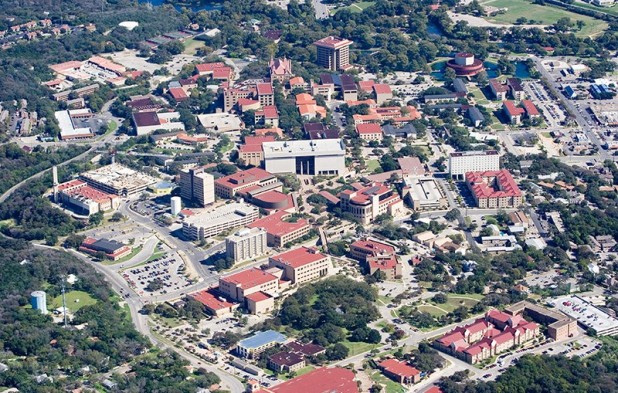The New Observer
December 16, 2015
Texas State University (TSU) sneaks in blatant anti-white discrimination in its student admissions policy through an innocuous sounding “top 10 percent” admission rate, it has emerged.
Details of the TSU policy have come into the spotlight with the latest round of a years-long legal case, Fisher v. University of Texas, No. 14-981, which has been dragging through the US court system since 2008.
According to an official TSU Admissions Policy document which it makes freely available on its website, the college has a policy of accepting applications from the “top scoring 10 percent” of students from all schools in that state.
The kicker, however, is that these “top 10 percent” admissions—which account for 75 percent of the entire freshman intake—do not have to fulfill any admission test requirements, known as the SAT (Scholastic Aptitude Test) or a similar test known as ACT.
This is done deliberately to give nonwhite students an advantage—in Texas’s case, Hispanics—in two ways: firstly, the students do not have to meet any academic standards in order to qualify for admission, and secondly, the TSU authorities know full well that a large number of schools in Texas are racially segregated by virtue of their locations within majority Hispanic neighborhoods.
This gives Hispanics an automatic admission to TSU, irrespective of their academic ability.
The TSU admissions policy document even notes that if a “student is admitted with deficiencies in high school courses, the student will be required to fulfill the deficiencies via Texas State course work.”
The self-created segregation of schools in Texas—nothing unusual throughout the US, as whites are forced to flee nonwhite areas for their physical safety—has been noted by the controlled media.
Salon magazine, for example, reported in 2014 that 23 percent of urban schools in Texas “have a Hispanic population over 80 percent.”
Even TSU’s own news service, UTNews has pointed out the segregated nature of Texas schools. In an article in 2013, UTNews said that 51 percent of Texas schools were majority black and Latino, and that 46 percent of urban schools were designated as “intensely segregated,”—which means that 90 percent or more of the students are black or Latino combined.
Furthermore, UTNews noted, 47 percent of suburban Texas schools are majority black or Latino.
The Fisher v. University of Texas case was started by Abigail Fisher, a white student who said that the University of Texas denied her admission in 2008 because of her race.
Her motion was denied by lower courts, and the US Supreme Court has now had two hearings—one in 2013, and another this year, on December 10—on the case.
Final judgement in the case is expected in June 2016, and will decide once and for all if TSU—and by definition, other colleges in the US—will be allowed to continue race-based admissions policies in any guise.
In 2003, in a case known as Grutter v. Bollinger, the Supreme Court ruled that public colleges and universities could not use a point system to increase minority enrollment but could take race into account in vaguer ways to ensure “academic
 Daily Stormer The Most Censored Publication in History
Daily Stormer The Most Censored Publication in History




